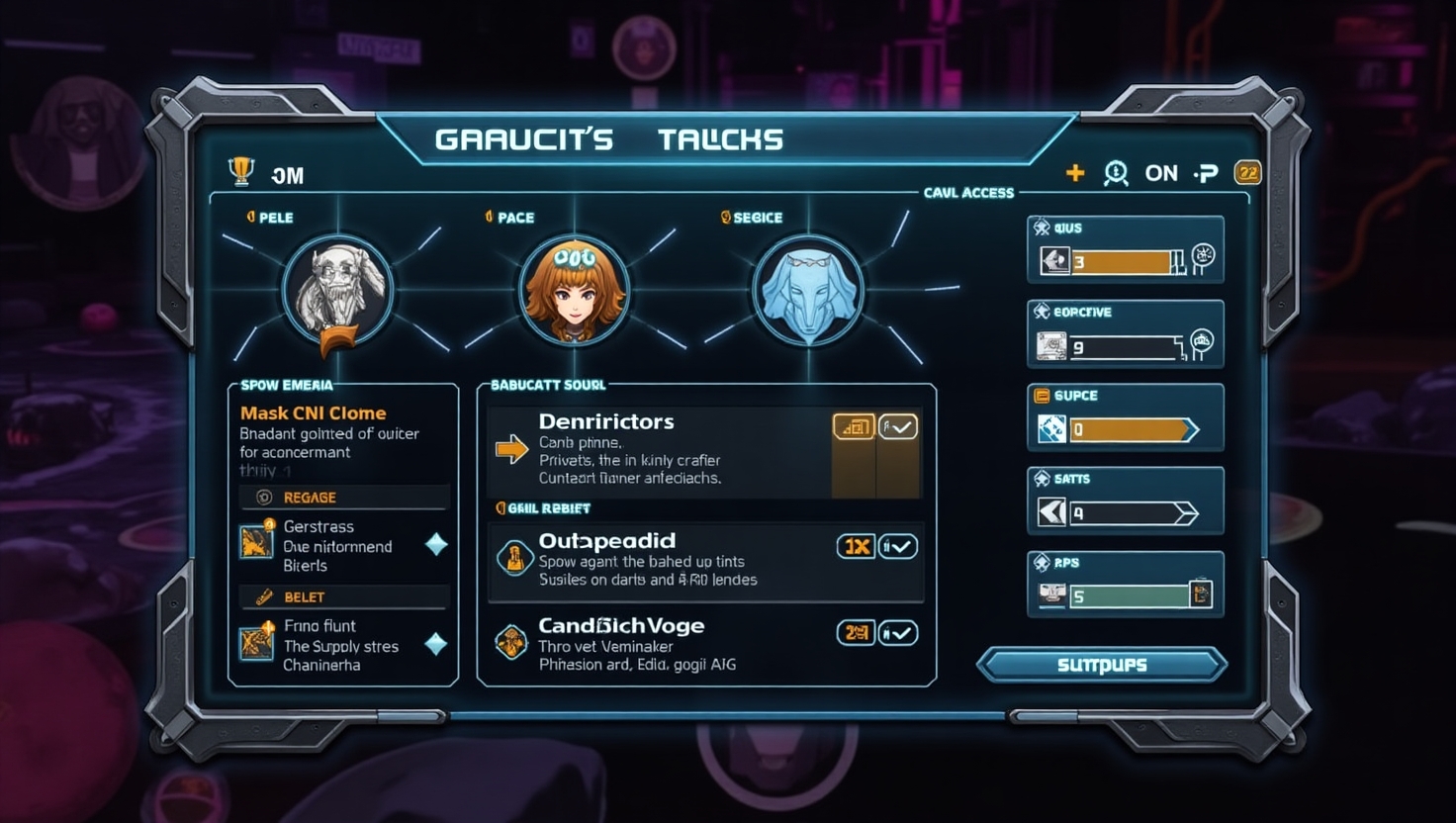The Closure of Millennia: A Case Study in Game Development Pitfalls
Introduction
In the volatile world of game development, few events capture the industry’s attention quite like a game’s untimely end. Such is the case with Millennia, a once-promising title that, despite its initial allure, recently faced an abrupt closure at the hands of Paradox Interactive. The cessation of support for Millennia marks a significant moment for the gaming community, sparking discussions around the brutal realities of game development. This post delves into the rise and fall of Millennia, using it as a lens to explore crucial lessons in game development pitfalls and failure analysis.
Overview of Millennia’s Development
Millennia’s journey began with high hopes and a fervent promise. Developed by C Prompt, the game aimed to push the boundaries of historical strategy. At launch, Millennia captured the imagination of gamers, lauded for its innovative mechanics and immersive narrative that promised to walk players through epochs of history. The anticipation was palpable as anticipation built for what could potentially rise as a worthy competitor in a landscape dominated by titans such as Civilization and Stellaris.
However, enthusiasm soon waned. Despite earning a \”respectable 7/10\” from industry reviewers (source), the game began facing roadblocks. Its journey mirrors the well-trodden path of many ambitious projects that failed to sustain momentum post-launch, highlighting the precarious journey from initial excitement to enduring success in the gaming world.
The Struggle for Market Traction
The struggles for Millennia in finding a foothold in the competitive market were myriad. Its ambitious gameplay mechanics, while innovative, did little to differentiate it significantly from frontrunners like Civilization and Stellaris. In effect, Millennia found itself in a niche that was both too crowded and replete with nostalgia-imbued players deeply loyal to long-standing franchises.
Compounding its challenges were several factors:
– A steep learning curve that alienated casual gamers.
– Limited marketing reach in comparison to its competitors.
– Features that, while creative, were perceived as complex and less polished than those found in analogous titles.
Much like a promising startup with a groundbreaking product but suboptimal market strategy, Millennia misjudged the landscape it sought to revolutionize, ultimately falling into a lull against established heavyweights.
Paradox Interactive’s Decision
Paradox Interactive ultimately made the difficult decision to cease support for Millennia, releasing a final patch as a farewell message to the community. In a statement, Paradox expressed regret: \”With this patch, we are sadly coming to the end of an age,\” signifying the end of Millennia’s developmental journey (source). The decision underscored not only the economic realities of maintaining a loss-incurring title but also the broader implications for the industry.
The closure beckons a reflective pause on Paradox Interactive’s role within the industry. Known for fostering immersive, strategy-rich gaming experiences, this episode highlights the increasingly perilous path even established publishers must navigate—a tightrope between nurturing innovation and ensuring market viability.
Game Development Pitfalls
Millennia’s closure offers a sobering education in game development pitfalls. Chief among these pitfalls is the chasm between expectation and reality—a plight familiar to many failing after their hype train derails upon release. Industry experts point out that an overreliance on pre-release buzz often leads to disappointment when post-launch realities fall short.
Additionally, failure analysis—crucial to understanding and mitigating future risks—suggests the necessity for robust market analysis, consumer engagement, and proper adaptation to player feedback.
An analogy can be drawn to the world of cinema, where a critically acclaimed storyline and stunning visuals may still lead to an underwhelming box-office turnout without the backing of a solid distribution strategy and keen audience insight—underscoring the importance of comprehensive planning across all facets.
Conclusion
Reflecting on the closure of Millennia serves as a vital touchstone for the future of game development. For Paradox Interactive, this episode may inspire a recalibration of strategies in their upcoming projects. For the industry at large, it reinforces the perennial truth that innovation must walk hand in hand with sustainability.
The demise of Millennia invites a broader conversation on the balance of creativity and practicality—a balancing act future developers must master. As new titles rise from the lessons left by Millennia’s closure, the hope remains for a more attuned approach to their development journeys, ensuring that they evolve to both captivate and sustain in an ever-evolving gaming landscape.
For additional insights from this sobering journey, readers might explore further through Paradox Interactive’s statements or delve deep into detailed failure analysis from seasoned gaming experts (PCGamesN article).
Related Articles:
– Analyzing the Final Patch of Millennia: A Developer’s Perspective
– Gaming’s Rise and Fall Stories: What Millennia Teaches Us about Sustainability
Through these reflections, we can trust that the lessons of Millennia will inform, guide, and inspire more resilient pathways to future success in the realm of interactive entertainment.

